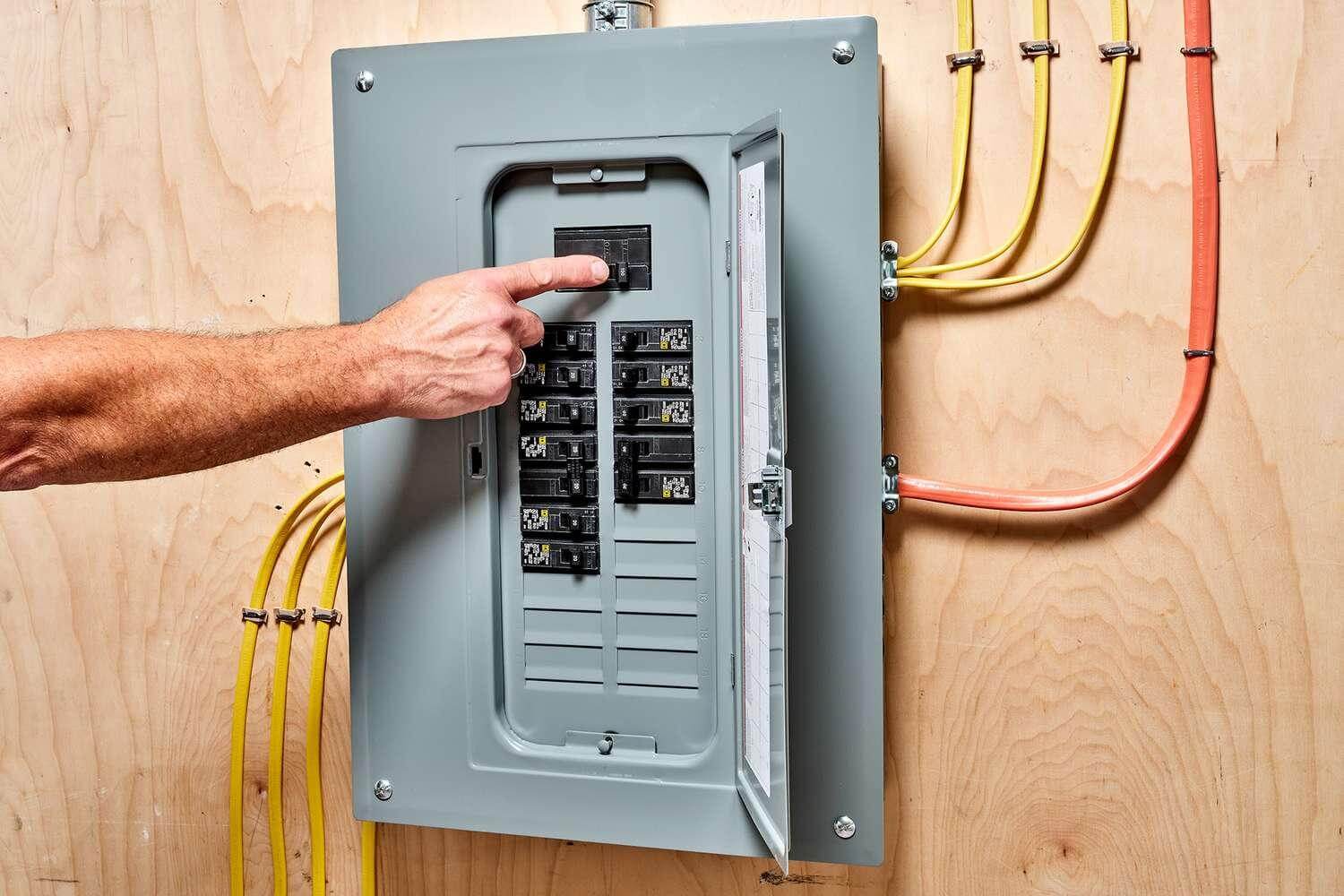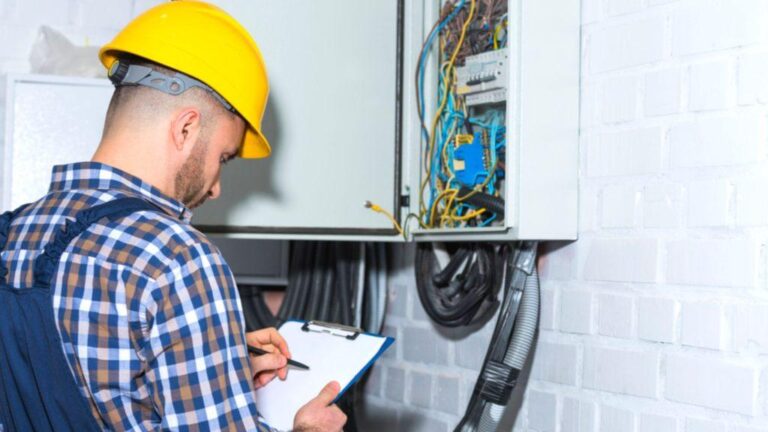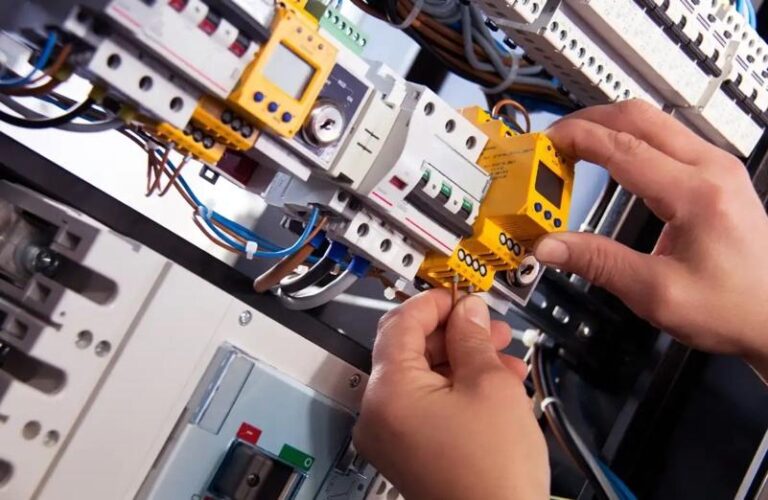As homes and businesses become more reliant on electrical appliances and technology, the demand for increased electrical capacity has surged. In many Australian homes, a standard 100 amp service might suffice, but as power requirements grow, upgrading to a 200 amp or 400 amp connection becomes essential. For those considering such an upgrade, it’s vital to understand the installation process, its benefits, and when each option might be necessary.
Why Upgrade to 200 Amp or 400 Amp Connections?
A 200 amp connection is commonly installed in larger homes or businesses with moderate energy demands. This type of service allows for the efficient operation of high-power appliances such as air conditioners, ovens, and electric water heaters, all running simultaneously without overloading the electrical system. In contrast, a 400 amp connection is usually recommended for larger properties or commercial spaces that demand even more power, such as large residential estates, industrial setups, or businesses with heavy equipment.
Upgrading to a 200 amp service is often sufficient for homes with multiple large appliances or those planning to install electric vehicle charging stations. A 400 amp service is more appropriate for properties requiring more intensive electrical loads, including businesses that use heavy machinery, large HVAC systems, or multiple high-power appliances.
The Installation Process for 200 Amp and 400 Amp Services
When installing a 200 amp or 400 amp service, the process is quite similar, though the scale of the equipment and the planning involved differs. First and foremost, it’s essential to hire a licensed electrician to carry out the installation to ensure compliance with Australian electrical standards and local regulations.
The installation begins with the electrician assessing the property’s current electrical load and determining whether the upgrade is necessary. A power distribution panel, or switchboard, must be upgraded or replaced to accommodate the increased capacity. For a 200 amp service, a larger panel with space for additional circuit breakers is typically installed, while for a 400 amp service, a more robust system, often involving two separate 200 amp panels, may be required.
In both cases, the electrician will also assess the incoming power supply from the utility provider. It is crucial to ensure that the service lines coming into the home or business are capable of handling the increased load. If not, the utility company may need to upgrade the power lines feeding the property.
Once the service panel is installed, new wiring may need to be run to various parts of the home or business to distribute the power efficiently. The electrician will ensure that all wiring complies with safety standards and that there are no risks of overloading circuits.
After installation, the electrician will test the system to ensure it’s working properly and that all connections are secure. The utility provider will also need to inspect and approve the installation before activating the new service.
Safety Considerations and Final Steps
Upgrading to a 200 amp or 400 amp connection isn’t just about increasing power capacity—it’s also a critical safety measure. Older electrical systems can become overloaded with today’s demands, leading to potential fire hazards or system failures. By ensuring that your electrical system is upgraded to meet modern standards, you’re not only improving efficiency but also reducing risks.
Before finalising any installation, it’s essential to verify that the upgrade meets all local regulations and codes. In many cases, the utility provider and local council will need to approve the upgrade before activating the service. This process ensures that the installation is safe, reliable, and meets all Australian electrical standards.

















